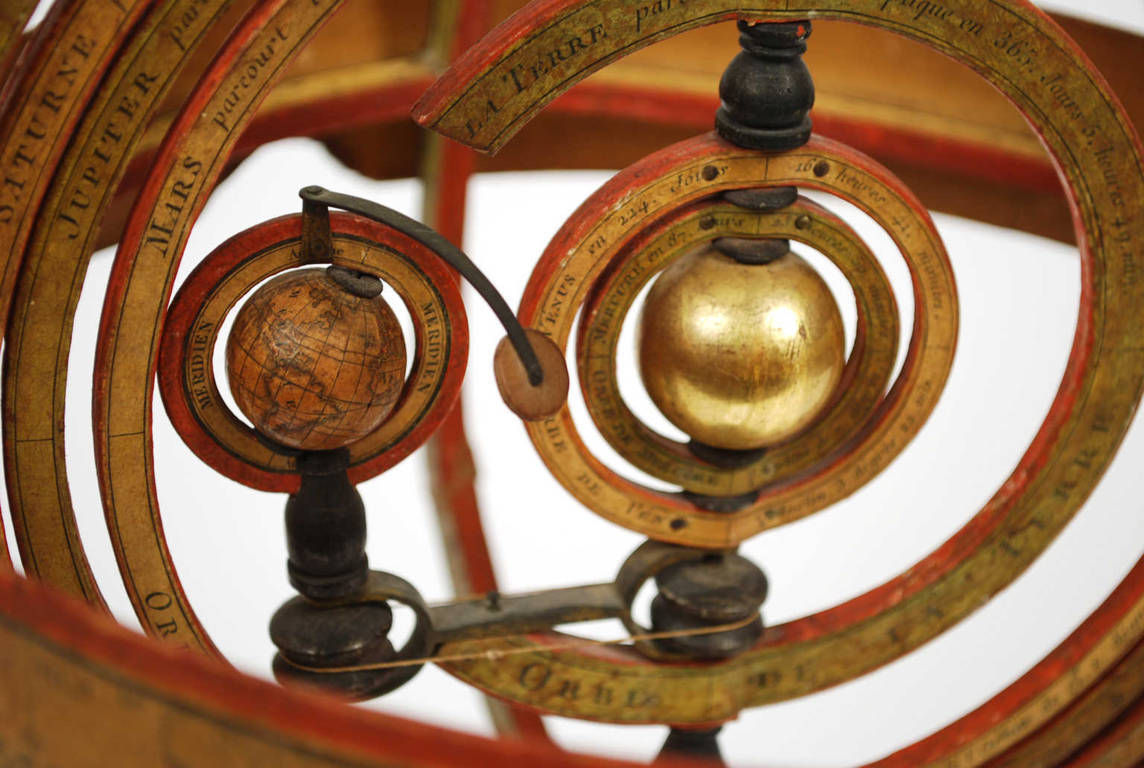antik.it/Natural-history/704-Brende-lTulip-Model/
Code 704
EUR 3400.00
In stock
1749484965Code 704 Brende lTulip ModelOriginal Brendel botanical model of the Tulip flower Germany made around the end of the 19th century by Robert Brendel (1821-1898). The flower is made of wood and papier-mâché and is divided into 3 sections and is mounted on a round ebonized wooden base with a label in the center describing its characteristics.
Measurements Height cm 51 – 20 inches, flower diameter 17 – 6.8 inches
Tulipa, commonly known as Tulip, its name derives from the Turkish meaning turban, this genus of bulbous plants originated in the Pamir mountains, and then extended its growth from the Iberian peninsula, to North Africa, to Northern Europe, reaching as far as China.
It is a very popular flower in Turkey, in the 16th century during the reign of Suleiman the Magnificent it was selected in numerous varieties and planted everywhere.
Its cultivation began in the Netherlands around the end of the 16th century, quickly becoming a luxury commodity, not only for its decorative value, but also for its cost, which grew rapidly. From trade between 1634-37, the first speculative bubble in the history of capitalism, called the tulip bubble, was born.
The Robert Brendel & Sons factory was founded in Wroclaw by Robert Brendel in 1866 with the production of botanical models of flowers, fruits and plants designed for the teaching of botany, creating a perfect fusion of science and art.
The need to create papier-mâché plant models arose from the difficulty of finding fresh material.
The business began with the production of models of medicinal plants, then at the suggestion of the director of the Institute of Plant Physiology at the University of Wroclaw, the first institute of its kind in the world, Robert Brendel extended production to include models of botany and plant anatomy in general.
The production technique started with the development of casts on which the model maker shaped the models using mainly papier-mâché.
The specimens produced were painted with tempera and polished with wax lacquers, each prototype was mounted to be supported by a rattan support and then inserted into a round wooden base that in the older models was painted black, while the bases relating to production starting from the early 1900s were made of light wood. A label was glued onto the base with the name in Latin and the vernacular name and in various languages, in addition to the serial number, the scale and other details.
This educational potential was adopted by many schools, resulting in significant improvements in both teaching and studying botany, compared to previous methods that were based on drawings or prints, or with the practice of dissecting real plants, with the resulting difficulty in terms of rapid decomposition.
Having three-dimensional enlarged models, faithful reproductions of real ones, greatly helped the study of plant anatomy. Over time, Brendel began to develop removable papier-mâché models. The use of hooks and small hinges allowed the pieces to be dissect and dismantled, significantly increasing the importance of teaching.
At the end of the 19th century, the Brendel Manufactory was famous and recognized worldwide. The models were exhibited and awarded in various world exhibitions, both in Europe and overseas. The catalogue included more than 300 different models.
It is likely that the definitive closure of the business originated with the approval of the racial laws during the Third Reich, as the Brendel family was of Jewish origin.
FAQ
Do you provide an authenticity certificate/expertise?
Of course! The legislative decree n. 42/2004 stipulates that who sells works of art or historical and archaeological items has the obligation to deliver to the purchaser the documents attesting to the authenticity of the object, or at least to submit the documents relating to the probable attribution and origin. Antik Arte & Scienza provides an expertise (as warranty) that contains a description, period and assignment or the author, if known, of the item.
How can I pay?
Secure payments by PayPal, credit card or bank transfer.
What are the shipping terms and the delivery schedule?
Shipping by DHL or UPS is free (but if we are shipping to a country non-EU remember that any taxes and customs duties are on your expense), and items will be sent just after receiving of payment.
Italy: delivering on the average in 24 h.
Europe: delivering on the average in 2/3 weekdays.
Other countries: delivering on the average in 5 weekdays; custom duties charged to the buyer.
Is shipping insured?
Of course! Free insurance by Lloyd's London that covers almost all destinations.
If I change my mind, can I return the item?
Of course! (see our general terms for more information).
e-Shop
Natural history
Code 704 Brende lTulip Model
Antik Arte & Scienza sas di Daniela Giorgi - via S. Giovanni sul Muro 10 20121 Milan (MI) Italy - +39 0286461448 - info@antik.it - www.antik.it - Monday-Saturday: 10am-7pm

























